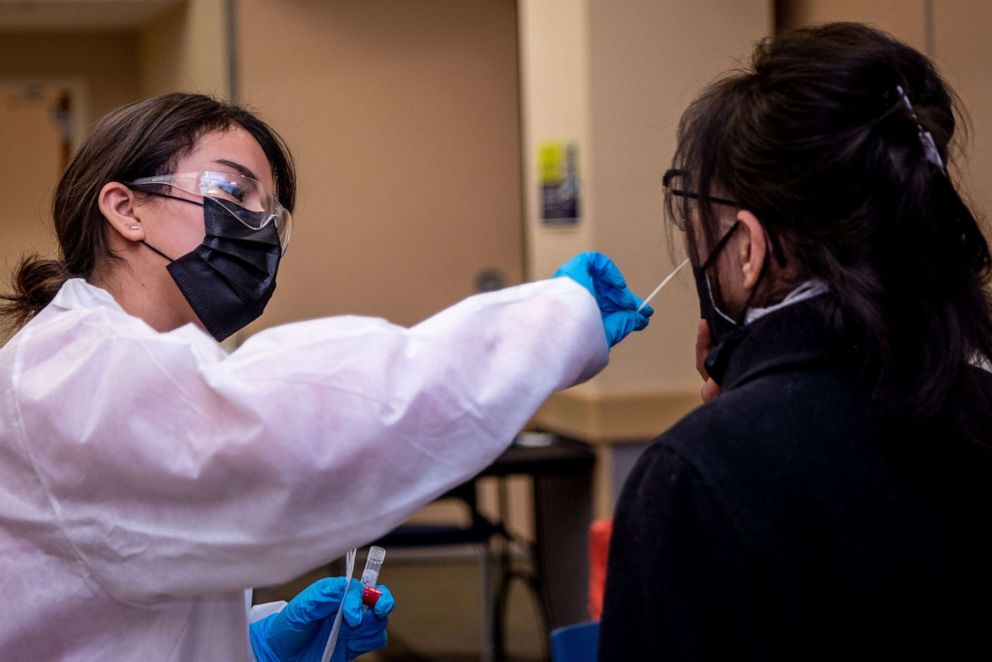Breakthrough cases grew fourfold during omicron emergence: CDC
Despite waning immunity over time, vaccines still dramatically reduced the risk of severe illness caused by COVID-19 through at least the end of the delta wave, according to data updated by the Centers for Disease Control and Prevention Thursday evening.
In November, unvaccinated adults had a four times greater risk of testing positive for COVID-19, and a 15 times greater risk of dying from COVID-19, compared to vaccinated individuals, according to federal data pulled from 28 states and jurisdictions.
Additionally, unvaccinated adults had a 13 times greater risk of testing positive for COVID-19 and a 68 times greater risk of dying from it as compared to fully vaccinated individuals with a booster.
The emergence of omicron does appear to have increased the occurrence of breakthrough cases. Between late November and late-December, the rate of infections among the fully vaccinated increased more than fourfold. Even so, unvaccinated Americans remained twice as likely to test positive for the virus.
Similarly, the rate of infections among the fully vaccinated and boosted Americans testing positive increased by nearly tenfold. However, unvaccinated Americans remained 3.8 times as likely to test positive for the virus.
-ABC News' Arielle Mitropoulos






